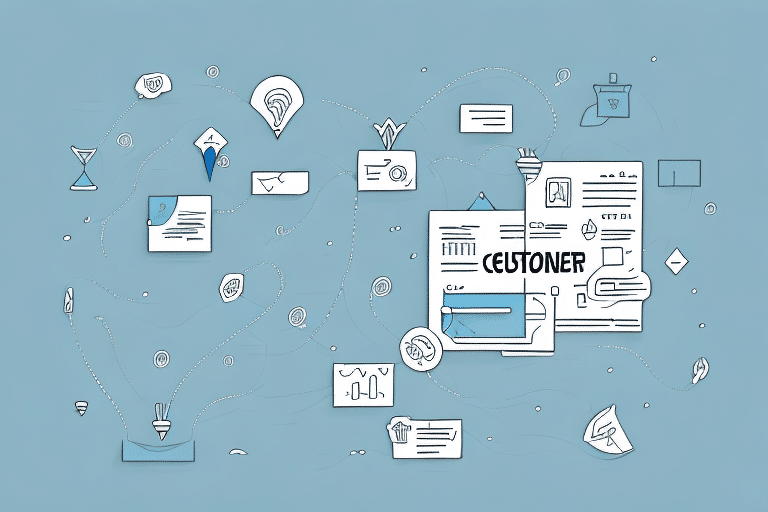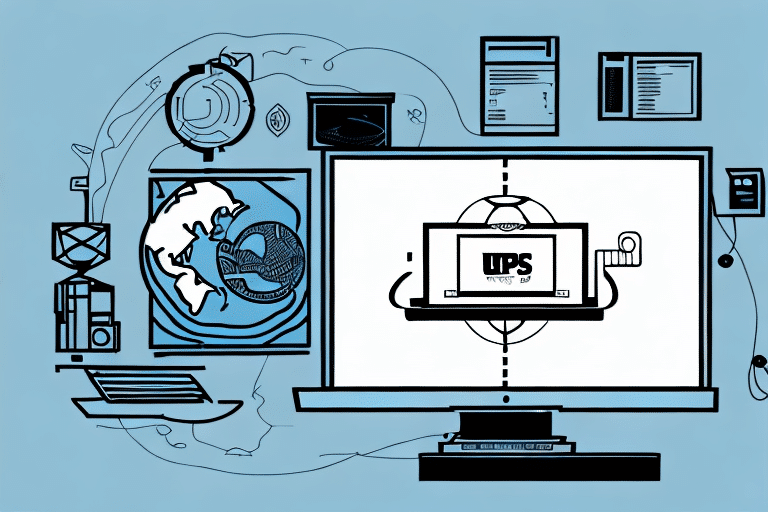The Importance of Customer Retention for Business Success
Customer retention is a critical component of business success. In a highly competitive market, retaining existing customers can be just as important, if not more so, than acquiring new ones. Studies have shown that the probability of selling to an existing customer is between 60-70%, whereas the probability of selling to a new customer is only 5-20% (Harvard Business Review). Furthermore, repeat customers tend to spend more per transaction than new customers, contributing significantly to revenue growth.
Beyond immediate sales, retaining customers leads to positive word-of-mouth referrals, expanding your business’s reach organically. Additionally, customer retention is cost-effective; acquiring new customers can be up to five times more expensive than retaining existing ones (Infor). Focusing on retention reduces marketing and advertising expenses, as well as the costs associated with onboarding new employees to handle new customer interactions, thereby increasing profitability and fostering a sustainable business model.
Calculating and Measuring Customer Retention Rate
How to Calculate Customer Retention Rate
The customer retention rate (CRR) is a key metric for assessing the health of your business. It can be calculated using the following formula:
CRR = ((E - N) / S) × 100
Where:
- E = Number of customers at the end of a period
- N = Number of new customers acquired during the period
- S = Number of customers at the start of the period
For example, if you have 1,000 customers at the beginning of the year, acquire 200 new customers throughout the year, and have 900 customers at the end of the year, your CRR would be:
((900 - 200) / 1000) × 100 = 70%
Key Metrics to Monitor
In addition to CRR, other important metrics include Customer Lifetime Value (CLV), Net Promoter Score (NPS), and churn rate. Monitoring these metrics provides comprehensive insights into customer behavior and the effectiveness of retention strategies (Forbes).
Common Causes of Customer Churn and How to Prevent Them
Poor Customer Service
One of the leading causes of customer churn is inadequate customer service. Customers expect prompt, efficient, and courteous service, and failing to meet these expectations can lead to dissatisfaction and attrition. Investing in training for customer service teams and implementing effective support systems can mitigate this issue (Gartner).
Lack of Personalization
Customers desire personalized experiences. A lack of personalization can make customers feel undervalued, increasing the likelihood of them turning to competitors. Utilizing customer data to tailor interactions, recommendations, and communications enhances engagement and loyalty.
Product or Service Quality Issues
Issues with the quality of products or services are a direct cause of churn. Ensuring high standards and continuous improvement based on customer feedback is essential to maintain customer satisfaction and reduce churn rates.
High Prices
While competitive pricing is important, it should be balanced with the value provided. Customers are more likely to stay loyal if they perceive that the value they receive justifies the cost. Offering flexible pricing models or bundling services can help address price sensitivity.
Best Practices for Improving Customer Retention
Offering Personalized Experiences
Personalization can significantly enhance customer satisfaction. This includes personalized emails, product recommendations based on past purchases, and tailored promotions that align with individual customer preferences.
Providing Excellent Customer Service
Responsive and effective customer service fosters trust and loyalty. Implementing multi-channel support (e.g., email, phone, live chat) and ensuring quick resolution of issues can enhance the customer experience.
Implementing Loyalty Programs
Loyalty programs reward repeat customers, encouraging ongoing patronage. These programs can include points systems, exclusive discounts, or special offers for members, thereby increasing the perceived value for customers.
Proactive Communication
Regular and meaningful communication keeps customers engaged. This can involve newsletters, updates on new products or services, and soliciting feedback to show customers their opinions are valued.
Implementing and Measuring a Customer Retention Strategy
Strategy Development
Developing a customer retention strategy starts with setting clear business goals and understanding your target audience. This involves analyzing customer data to identify behaviors, preferences, and pain points that can inform retention tactics.
Tracking and Analysis
Utilize CRM systems and analytics tools to monitor customer interactions and track key metrics such as retention rate, CLV, and NPS. This data-driven approach enables the identification of successful tactics and areas needing improvement.
Adjusting Based on Insights
Regularly review performance data and customer feedback to refine and adapt your retention strategies. This iterative process ensures that your approach remains effective and aligned with evolving customer needs (Marketing Evolution).
The Role of Customer Experience and Technology in Retention
Enhancing Customer Experience
An exceptional customer experience (CX) is paramount for retention. This involves ensuring that every interaction a customer has with your business is positive, from browsing your website to post-purchase support.
Leveraging Technology Tools
Technology plays a vital role in customer retention efforts. Implementing CRM software helps in tracking customer interactions and preferences, while automation tools facilitate personalized marketing campaigns. Additionally, chatbots and AI-driven support systems can provide quick and efficient customer service, improving overall satisfaction.
Building a Loyal Customer Base through Effective Communication and Programs
Effective Communication
Consistent and meaningful communication builds trust and fosters loyalty. Employing personalized email marketing, maintaining an active presence on social media, and engaging customers through regular updates are key strategies.
Loyalty Programs
Customer loyalty programs incentivize repeat business by offering rewards such as discounts, exclusive products, or early access to new offerings. These programs not only encourage continued patronage but also enhance the overall customer experience.
Case Studies: Successful Examples of Customer Retention Strategies
Amazon Prime
Amazon's Prime membership program is a prime example of a successful retention strategy. By offering benefits like free shipping, exclusive access to content, and special discounts, Prime encourages repeat business and fosters loyalty among customers.
Starbucks Rewards
Starbucks' rewards program allows customers to earn points for every purchase, which can be redeemed for free drinks or food. This program not only incentivizes repeat visits but also gathers valuable customer data to personalize future interactions.
In conclusion, customer retention is vital to the success of any business. By understanding the importance of retention, implementing effective strategies, and regularly analyzing and adjusting those strategies, businesses can establish a loyal customer base and achieve long-term success.




















